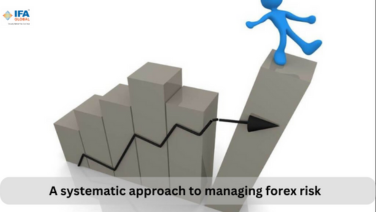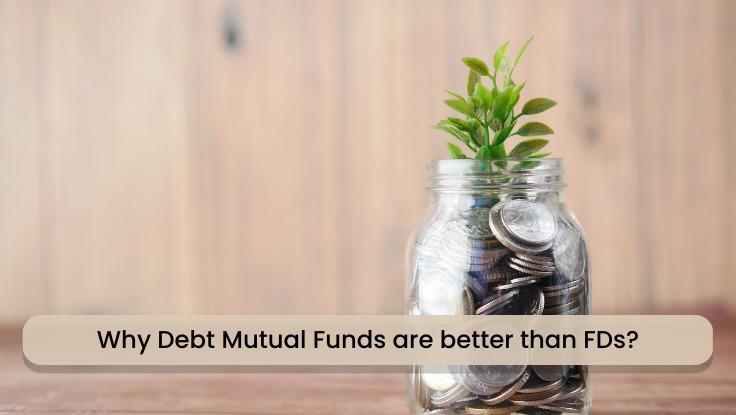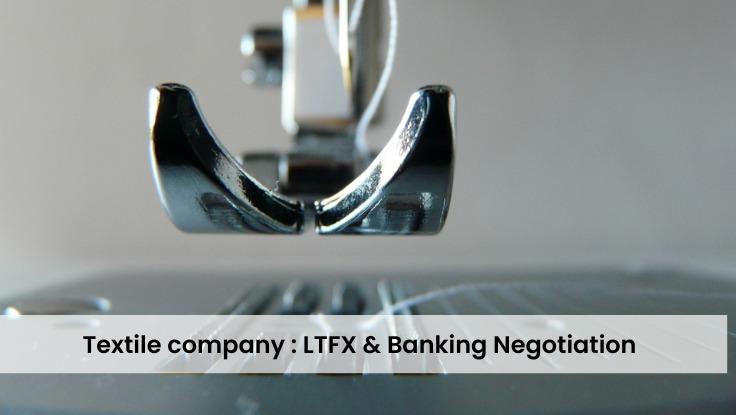Electronics Industry - Benefits of Hedging through Options
18 January 2021 | By IFA Global

- ABC, an exporter, was expecting an inflow of USD 2.50 mn in the first week of January 2021 i.e. four months later (as of October 2020).
- These receivables were not hedged and USDINR was trading at 73.59.
- Macro-economic factors such as rising coronavirus cases, lockdowns across the world, trade tariff war between US-China & US-EU, Brexit uncertainty, US Presidential Elections, etc were the key risk events.
Challenge and Observation
- Client Expectation: ABC wanted to lock the downside risk while maintaining upside participation.
- Uncertain Factors: US election, Covid-19 cases, trade tariff war, Brexit uncertainty, weak global growth, etc
Observation:
- IFA Global believed that most of the negativity (for the Rupee) was already priced in and expected consolidation between 72-75 levels. IFA Global wanted to safeguard the exporter’s interest accordingly and suggested to buy an ATMF Put option. As on October 2020, the forward rate for the month of January 2021 was 74.43. (Spot 73.59 + 0.84 = 74.43)
Process
- IFA Global analyzed the exporter’s costing. Accordingly, the company was advised to hedge these exports using the above-formulated option strategy.
Outcome
- The volatility was huge in the month of Oct-Nov 2020 as US Presidential Elections were round the corner. Indian Rupee weakened the Indian Rupee towards 74.80 levels where IFA Global advised the exporter to convert its options into forwards.
- Later on, prompt measures by respective governments of the countries led to control of the virus while China’s economy rebounded giving a boost to other Asian countries as well including India.
- Democrats' win in the US Presidential Elections would pave the way for better policies and more stimulus in the US economy.
- Thereafter, Rupee appreciated towards 73.00 levels.
- Due to our recommendation, ABC had Rupee realizations of export inflows were higher than the Spot market later on.






